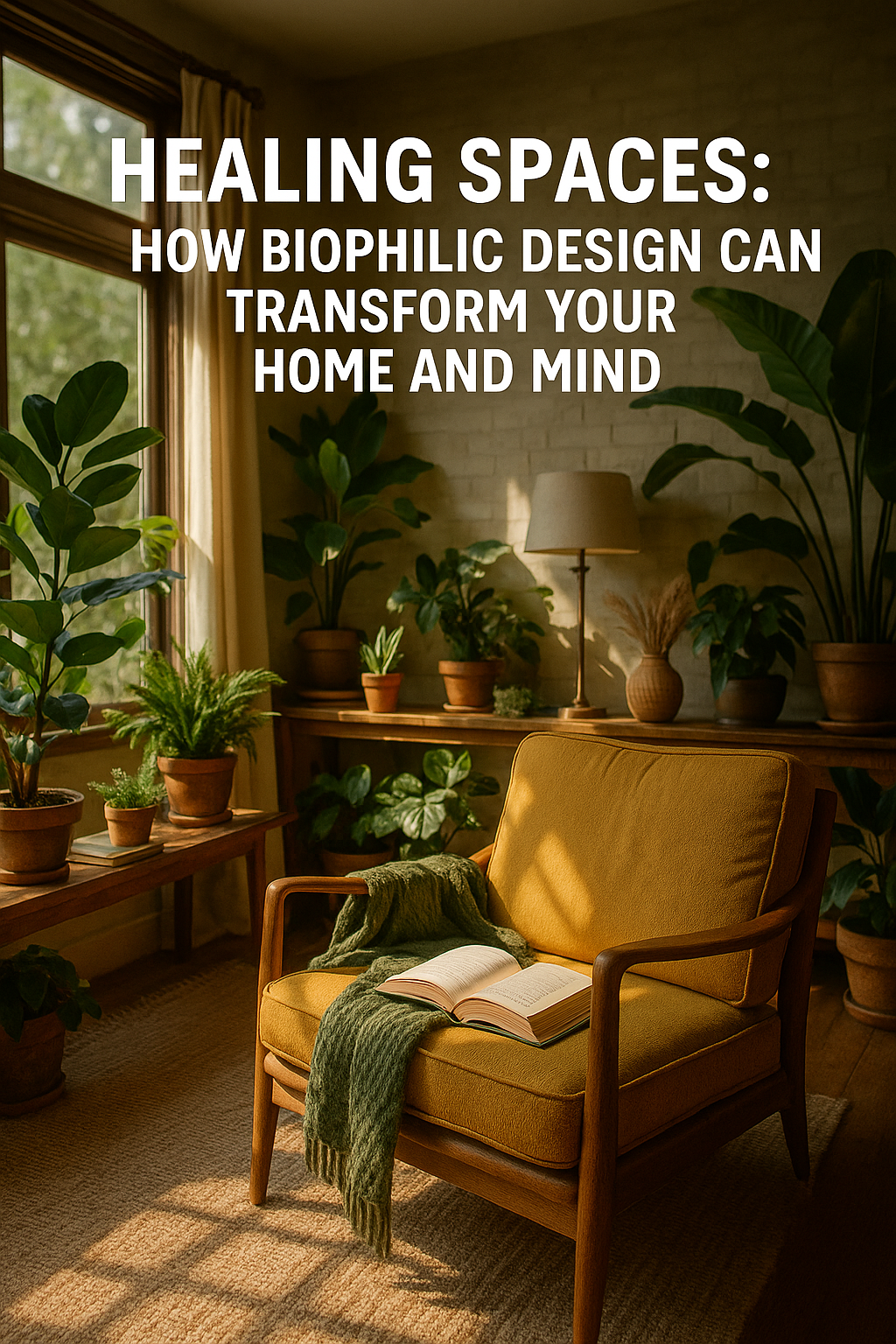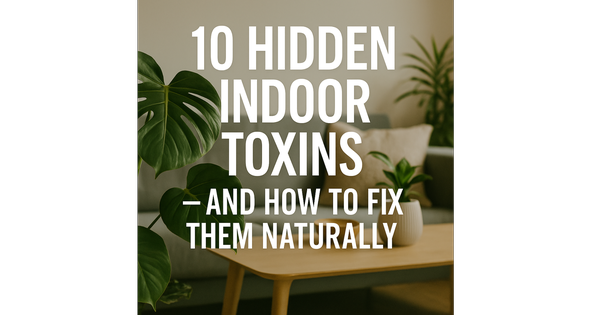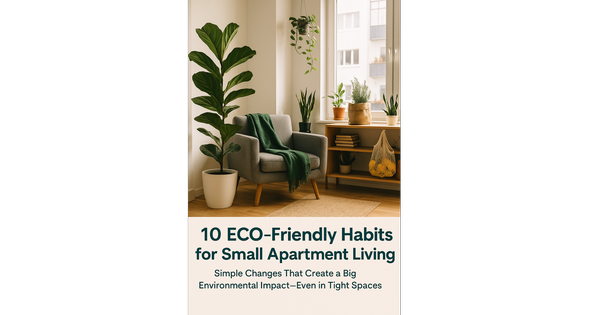
Healing Spaces
How Biophilic Design Can Transform Your Home and Mind
May 19, 2025 6:40 PM
🌿 Reconnect with Nature. Reclaim Your Peace. Redesign Your Life.
In a world filled with concrete, screens, and stress, something primal in us craves a return to what’s real — trees, sunlight, water, soil, stillness.
Biophilic design is more than a trend. It's a scientifically-backed movement that brings natural elements into our living spaces — not just for beauty, but for healing. And for apartment dwellers, busy families, and digital entrepreneurs alike, this concept is more powerful (and accessible) than ever.
In this post, we’ll break down:
What biophilic design really is
Why it improves your mental, emotional, and even physical health
Simple ways to implement it — whether you live in a studio apartment or a tiny house
And how you can take it further with resources from my book Healing Spaces
🏡 What is Biophilic Design? Biophilia means “love of life” — a deep, evolutionary affinity we have for nature. Biophilic design is the architectural and interior design philosophy that reconnects people with nature in built environments.
But it’s more than adding houseplants. It’s a whole-systems approach to wellness.
According to numerous studies:
Natural materials reduce stress
Access to daylight boosts productivity
Views of greenery improve recovery times in hospitals
Organic shapes and soft textures lower blood pressure and cortisol
“Design is not just what it looks like… it’s how it makes you feel.” — You, reimagining your own healing space
🧘♀️ The Benefits of a Biophilic Home Benefit How It Works 💆♀️ Reduces stress Natural light, greenery, and flowing forms calm the nervous system 💤 Improves sleep Soft lighting and natural rhythms help regulate circadian patterns 💡 Enhances creativity Nature-inspired spaces stimulate the right brain 🧠 Boosts focus Wood textures and organic shapes reduce visual fatigue 🌬️ Cleans air naturally Certain plants remove toxins and increase oxygen
Biophilic design isn’t just visual. It’s sensory — it touches sound, smell, temperature, texture, and even movement.
🌿 7 Easy Ways to Start Using Biophilic Design Today
-
🪴 Bring Nature Indoors Add houseplants — but also natural materials (wood, stone, clay), textures (linen, rattan, wool), and earth tones.
-
🌞 Maximize Natural Light Pull back curtains. Use mirrors to bounce sunlight. Let the daylight dictate your rhythm.
-
🌊 Introduce Natural Sounds Play soft nature ambiance — rain, forest, wind chimes. Sound is one of the most underused wellness tools.
-
🧱 Use Organic Shapes Ditch harsh edges and geometric overload. Curved lines and asymmetry mimic the natural world.
-
🌿 Add Scented Elements Diffuse essential oils (cedar, eucalyptus, lavender) or use fresh herbs in your kitchen.
-
🏞️ Create Views of Nature Even if it’s just a photo of a forest, a landscape painting, or your favorite nature wallpaper — it counts.
-
🪟 Design a “Healing Nook” A small corner for reading, journaling, meditating, or sipping tea — with soft lighting, plant life, and warm textures.
🔗 Want to Go Deeper? If this post opened something in you — if you feel like your home should nourish your nervous system, your mind, and your soul — then you’re ready for more.
That’s why I wrote: 📘 Healing Spaces: How Biophilic Design Transforms Well-Being
Inside, you’ll find:
The psychology behind sacred spaces
Full room-by-room biophilic redesigns
Global case studies and ancient wisdom
And how to turn your home into a self-healing ecosystem
Grab your copy here >>> Because healing isn’t a destination — it’s where you live.
✨ Final Thought You don’t need a big home to build peace. You don’t need fancy furniture to feel grounded. All you need is intention, nature, and a little design magic.
Start with one plant. One light shift. One corner. And let it grow.
Your home is your habitat. Make it sacred.

